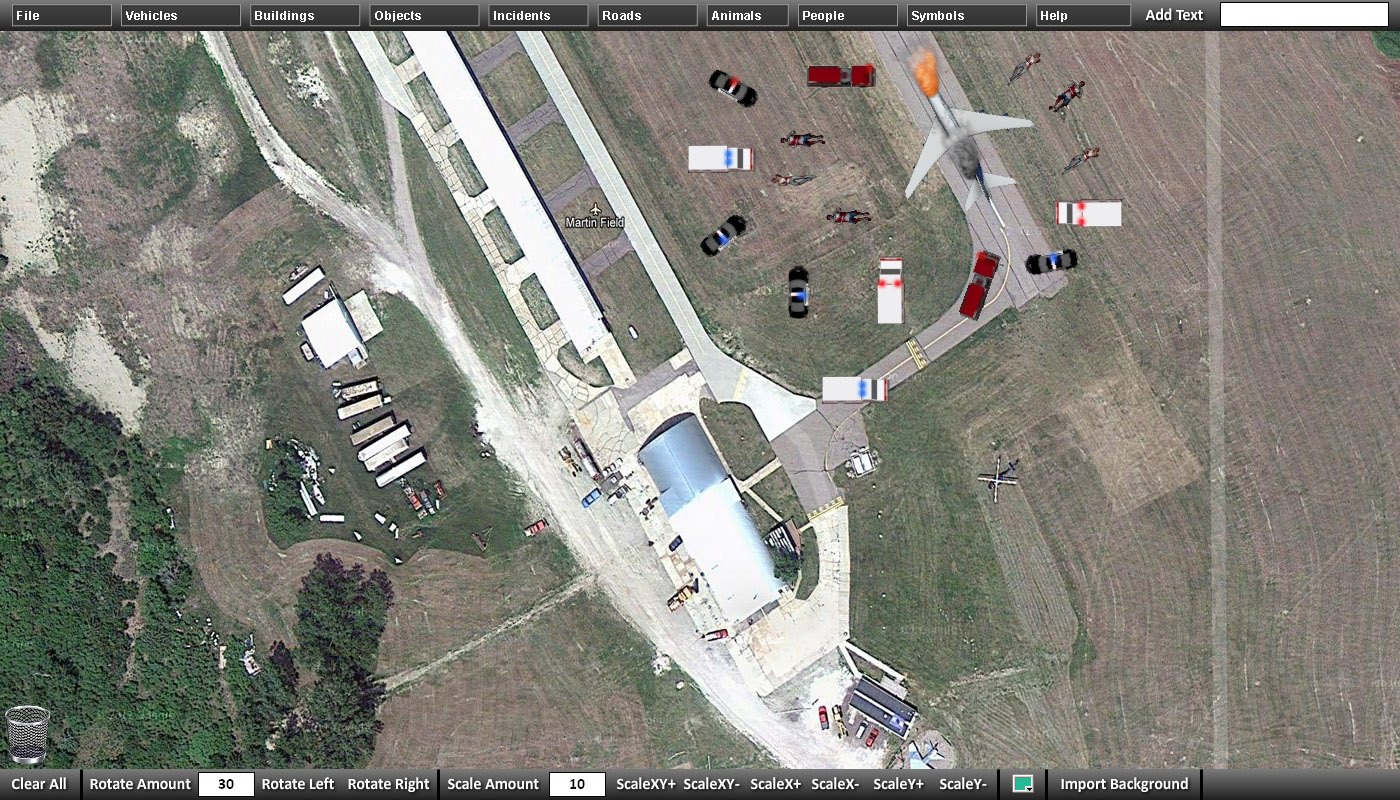An objective is a description of the performance you expect from participants to demonstrate competence. Objectives go hand in hand with the purpose statement but are more specific and performance based.
Objectives drive every phase of the exercise process from design to followup.
How Are Objectives Determined?
Many objectives become evident at the time of the needs assessment, when designers identify problem areas. These needs can usually be translated into a statement of objectives.
Suppose your last exercise showed weaknesses in alert and notification, specifically a failure on the part of the EOC to analyze and implement call-down procedures. One of the resulting objectives would be to verify that the EOC is now able to notify the proper agencies according to the plan.
Objectives are also arrived at by breaking down a purpose statement into its logical components.
How Many Objectives?
There can be as few as two or three objectives in a small exercise, or as many as 100 in a large national exercise including many Federal, State, and local jurisdictions. For an average exercise, 10 or fewer objectives are recommended.
What Makes a “Good” Objective?
The main thing to remember about objectives is that they must be clear, concise, and focused on participant performance. They should contain:
- An action, stated in observable terms.
- The conditions under which the action will be performed.
- Standards (or level) of performance.
In other words, an objective should state who should do what under what conditions according to what standards.


